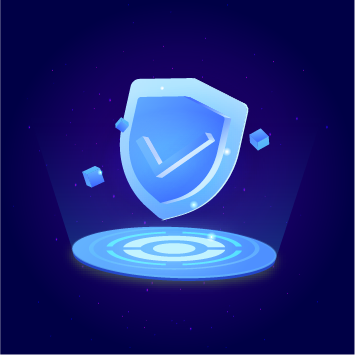If you’ve ever dipped your toes into the murky waters of proxies, you know it’s like choosing between two equally tempting desserts—both are sweet, but one might give you a better sugar rush. So today, let’s pit rotating ISP proxies against data center proxies in a battle of cost-effectiveness. Grab your popcorn, and let’s dive in! Round 1: The Price Tag Tango First up, let’s talk money. Data center proxies are like the budget-friendly fast food of the proxy world. They’re quick, cheap, and get the job done when you’re on a tight schedule (or wallet). But rotating ISP proxies? Oh, they’re the gourmet meal—fancier, pricier, and definitely more sophisticated. If your budget is tighter than your jeans after Thanksgiving dinner, data center proxies might seem like the obvious choice. But wait! Before you throw your cash at data center proxies, remember that rotating ISP proxies come with a little something extra: authenticity. They mimic real residential connections, so websites are less likely to give you the dreaded “Access Denied” slap in the face. Sometimes, spending a little more saves you from a lot of headaches. It’s like buying name-brand peanut butter instead of the suspicious store-brand one. Round 2: Performance Perks Data center proxies are speed demons. They’re hosted on powerful servers and can handle bulk tasks like a champ. However, they’re also easier to spot—like trying to sneak into a party while wearing a neon tracksuit. Websites with strict security measures can sniff them out faster than your dog finds that one piece of chicken you accidentally dropped. Rotating ISP proxies, on the other hand, are stealth ninjas. They rotate IP addresses like a DJ spinning tracks at a party, making it harder for websites to catch on. Plus, they’re tied to real ISPs, so they look legit. If you’re doing something sensitive—like web scraping or managing multiple accounts—rotating ISP proxies are like having an invisibility cloak. Sure, they cost more, but stealth has its price! Round 3: Long-Term Value Here’s where things get interesting. Data center proxies are great for short-term projects or tasks where security isn’t a big deal. But if you’re in it for the long haul and need reliability, rotating ISP proxies win hands down. Think of it as the difference between renting a cheap Airbnb for a weekend versus investing in a cozy long-term apartment. One is fun for now; the other saves you stress later. The Verdict So, which proxy should you choose? Well, it depends on your needs and how much you’re willing to spend. If you’re on a shoestring budget and need speed, data center proxies are your go-to. But if you value stealth, authenticity, and long-term reliability, rotating ISP proxies are worth every penny. In the end, it’s like choosing between pizza and sushi—both are delicious, but one fits the occasion better. And hey, who says you can’t have both? Just don’t blame me if your wallet starts crying!
2025-02-13





